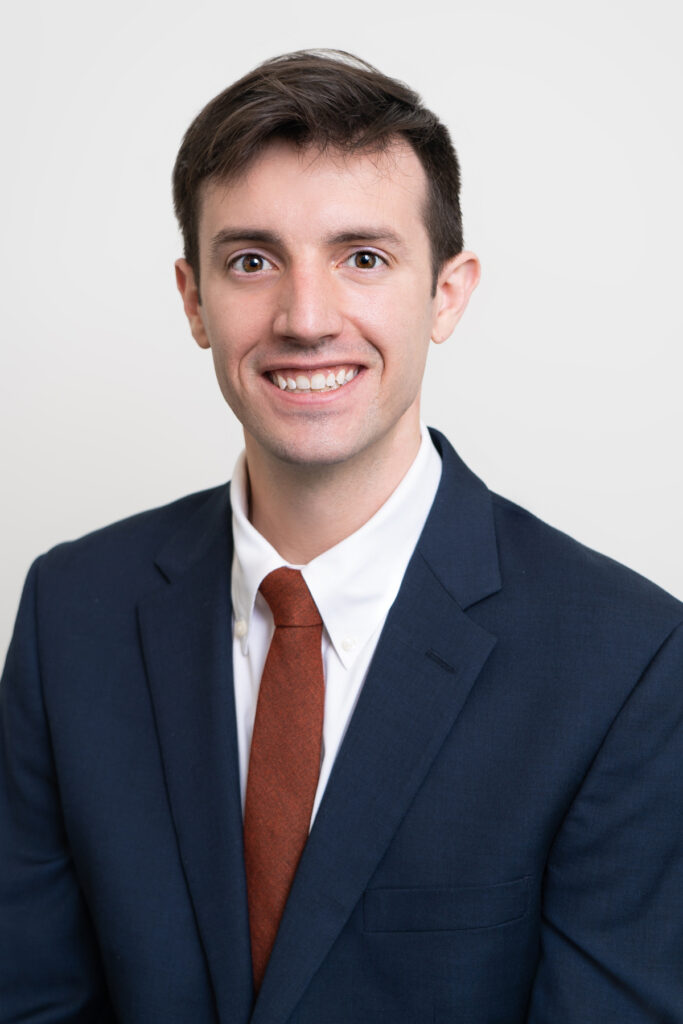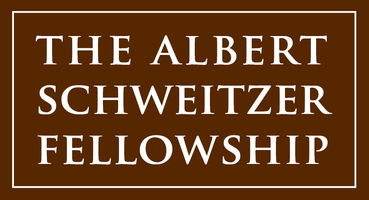June 23, 2022. By Adam Robinson.

When was the last time you thought about your teeth in public? Have you ever stifled a smile in front of others, or been asked by a friend why you’re the only person in a photo not smiling? When was the last time you thought about the feeling of food in your mouth or the satisfaction of chewing? Have you ever had to stop a meal because a dental problem prevented you from eating? An isolated dental problem can be debilitating. It consumes our waking thoughts and keeps us up at night, damages our sense of self-security, and adversely affects our social behaviors. Our oral health may be taken for granted until it is compromised by disease. For patients that cannot afford treatment, these isolated problems can become advanced disease, requiring complex and costly treatment. However, with recent advances in dental technology, affordable care may be on the horizon.
There is a stark contrast in the prevalence and severity of oral disease between North Carolinians with access to regular dental care and those without. For individuals without insurance or a stable dental home, oral pain and infection is often tolerated until it becomes unbearable. Delaying treatment until the last moment may result in a dental emergency, an expensive visit to urgent care where tooth extraction is the only viable treatment option. This traumatic experience may foster dental anxiety within patients and an aversion for preventative dental treatment even if it were affordable. This cycle repeats itself until the patient is missing multiple teeth. The downstream effects of missing teeth are not obvious – teeth can drift into open spaces, the natural bite can collapse slowly over time, and before long the patient needs expensive full-mouth rehabilitation. At this point, the patient may opt to extract all their teeth and wear dentures. However, not all insurance plans cover dentures. In North Carolina, Medicaid covers only one denture (upper or lower) every 10 years. While full extractions and complete dentures is a last resort, it may still be too expensive for patients without insurance. And while prosthodontics can be an excellent treatment option, they are not without their own set of challenges for the patient and dentist.
The conventional denture fabrication workflow was developed in the early 20th century. Materials and techniques have evolved, but the steps have persisted in dental school curriculums to this day. This traditional technique, while time-honored and effective, is not without limitations. It is time-consuming, taking five-six appointments if everything is performed correctly and does not need to be repeated. It requires clear communication between the dentist and the lab through analog records; in the days before email and overnight shipping, dentists would have their lab technicians on speed dial to explain what they scribbled on a script and why their impression was smushed in the mail. Conventional dentures also require the precise technical skill of a lab technician – teeth are set in wax according to measurements of the patients’ bite and jaw relations. If the teeth are offset by as little as a millimeter, a patient may be able to sense a problem in their closure or unhappy with the esthetics of their smile. While conventional denture workflows are the most common method in practice today, the advent of digital technology in the late 20th century opened new possibilities in dentistry.
Early pioneers in the field of digital dentistry created the first intraoral scanner in 1985. This would completely change the way dentists practiced. Instead of taking a messy impression with alginate material, dentists could capture the patient’s mouth with a series of pictures that compile to create a 3D image. Over the next thirty years, technological advances would lead to computer assisted design and manufacturing (CAD/CAM) workflows. Tooth setting software would allow dentists to view models, arrange teeth precisely, then send completed files electronically. Milling machines evolved that could make a denture using subtractive techniques. 3D printers advanced in scope and precision such that multiple rows of dentures could printed from acrylic resin in a fraction of the time a traditional lab required. Materials updated in their strength, flexure, esthetics, and cost to the point the quality and cost of a digitally fabricated denture is now comparable if not better than a traditional one. Today, there are numerous workflows varying in chairside steps and lab protocols that dentists are just beginning to adopt. Whereas conventional dentures require five-six appointments, digital dentures can take as few as three. Turnaround time for digital dentures is significantly reduced; and while they still require a skilled technician to manufacture, digital files can be edited by teams remotely. This cuts out bottlenecks in an analog workflow and reduces the time, costs, and risks of shipping. Finally, completed dentures are saved in electronic files for later reference. In the event a patient loses or breaks a denture, the file can be pulled and reused to fabricate, avoiding the time to repeat the conventional workflow. As these technologies update and become more cost-effective, public health dentistry stands to benefit from their use.
Patients seen in public health dental clinics in North Carolina are most vulnerable to oral disease and tooth loss. The greatest barrier to dental treatment is cost. Thus, there is a high demand for dentures among low-income populations that struggle to afford treatment. Additionally, environmental health factors present barriers to care. The 98 of 100 NC counties designated as Dental Health Professional Shortage Areas have few and sometimes no dental offices. Patients may have to drive miles to reach the nearest office, and my not have access to transportation. Time off work and childcare are also considerations a patient must balance to schedule a dental appointment. Digital dentistry workflows reduce the number of visits, clinical materials costs, and lab manufacturing costs of dentures. Savings can potentially be passed on to patients with limited income, and fewer appointments reduces the stress on patients balancing family responsibilities and work with their personal care.
A local clinic leading the way in the use of digital technology is the non-profit Local Start Dental in Durham, NC. Dr. Mark Scurria, an established prosthodontist within Durham for many years, founded the clinic to offer affordable dentures and implant services to underserved populations in the greater Durham area. Dr. Scurria has advanced knowledge of CAD/CAM denture technology. He is not only eager to implement workflows in his practice but also teach their utility to other dentists. Local Start has partnered with the UNC Adams School of Dentistry to allow students to rotate through the clinic to learn these techniques. Through innovation and service, Local Start Dental is an example of the direct impact digital dentistry can have on the lives of patients.
The applications of digital dentistry are just now being tapped as more dentists realize its advantages. Oral health disparities in North Carolina persist due to healthcare costs and environmental determinants of health. Public health clinics stand to serve low-income communities by adopting these digital denture workflows.
Adam Robinson
UNC School of Dentistry
2021-22 J. Bradley Wilson Schweitzer Fellow
